Minutes from the car-choked streets of Buenos Aires lies an oasis of tall grasses, lagoons, soaring trees and myriad bird species. The 360-hectare Reserva Ecológica Costanera Sur – a wetland between Rio de la Plata, the world’s widest river, and the Puerto Madero district – is the only place in the city inhabited by wild, native plants and animals.
With so much of the country farmed and developed, the reserve represents the original Argentine landscape. It looked distinctly different in the early part of the 20th century, when the waterfront was a popular spot to be seen sunning, strolling and bathing. But by the 1950s, the water quality had deteriorated and porteños – as the city’s residents call themselves – turned away from this playground.
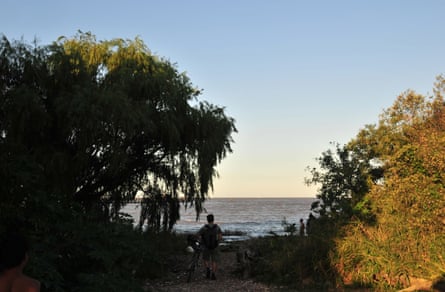
Later, after the city abandoned a huge landfill site in 1984, nature took over, transforming the area into a luxuriant Eden. Now, its cooler temperatures, fresh air and a bucolic vibe are a draw for cyclists, walkers, joggers, birders, picnickers and yoga practitioners.
Three well-marked, interconnected paths meander past clusters of foxtail grass, towering Washingtonia palms, and shade-providing chinaberry (paraiso) trees. Flowering ceibo trees (also known as cockspur coral) dot the green lawns sloping down to the riverbank, a popular picnic venue. Observation decks overlook the calm lagoons, and the silence is broken only by the singing of the chalk-browed mockingbird, one of the 300 bird species found here. The national bird, the rufous hornero, can also be spotted, as well as the shiny cowbird in its cobalt-blue plumage. Overhead, birds of prey soar. Sometimes, giant Argentine tegu lizards and various turtles may be spied sunning themselves beside the trails – happily oblivious to the skyscrapers visible in the distance.
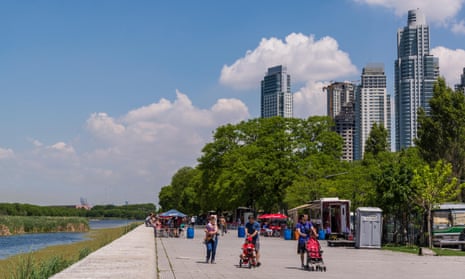


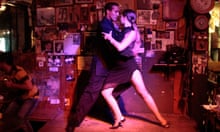

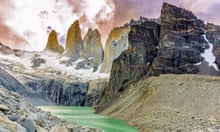

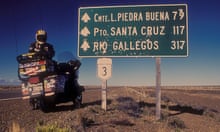
Comments (…)
Sign in or create your Guardian account to join the discussion